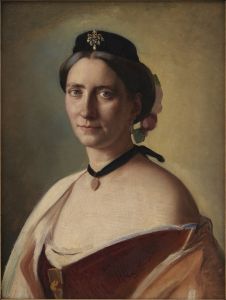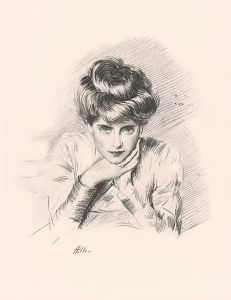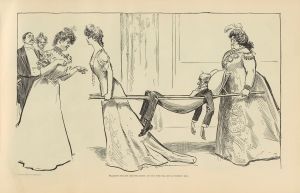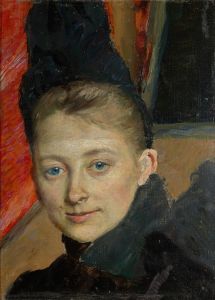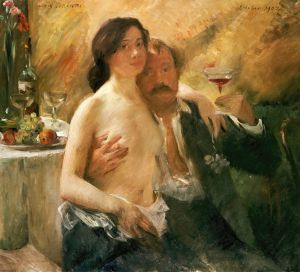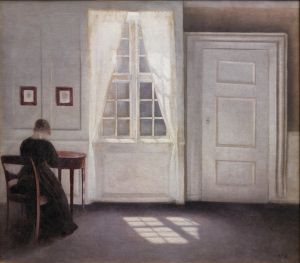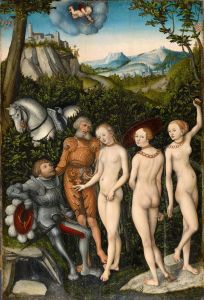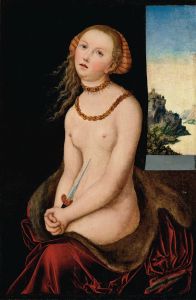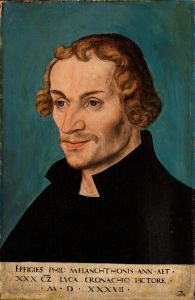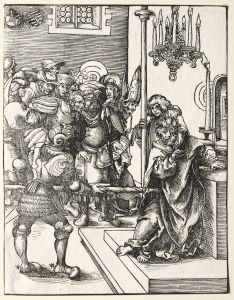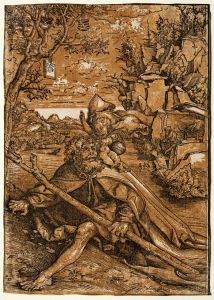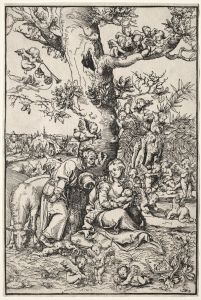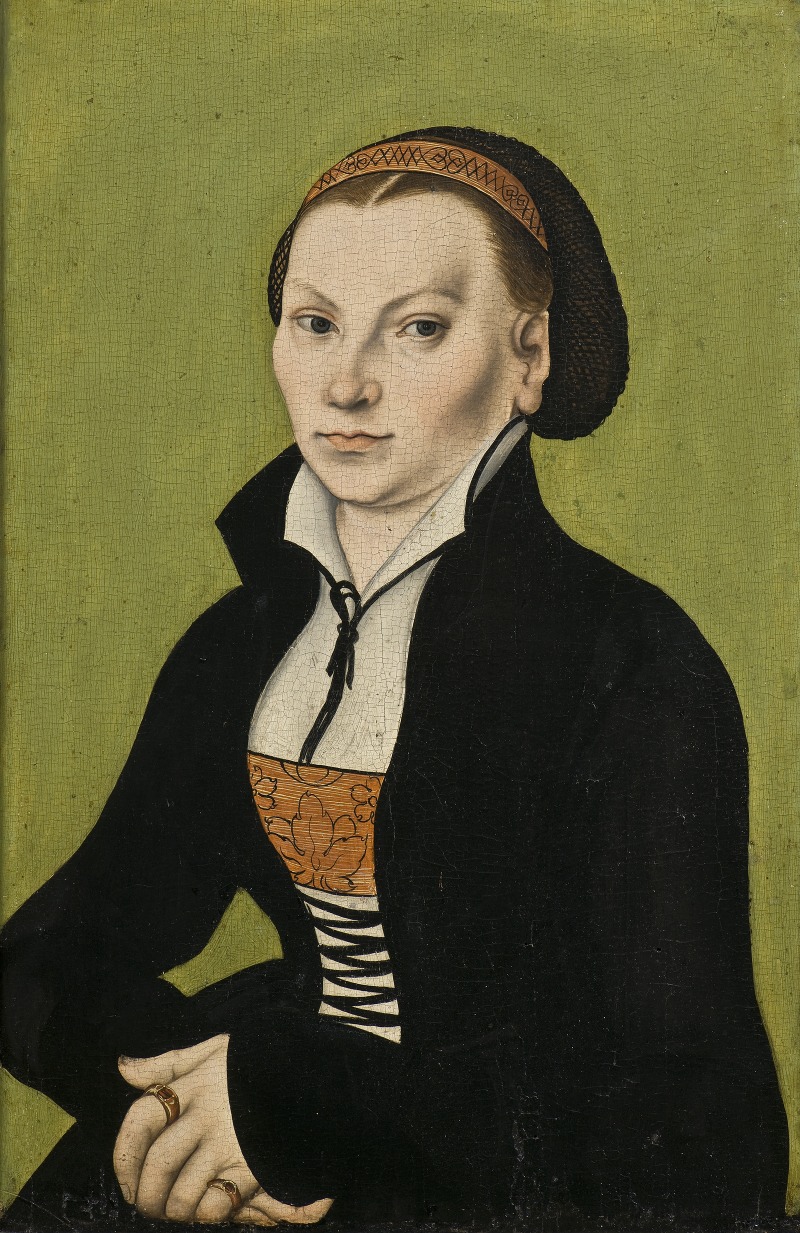
Catharina von Bora, wife of Martin Luther
A hand-painted replica of Lucas Cranach the Elder’s masterpiece Catharina von Bora, wife of Martin Luther, meticulously crafted by professional artists to capture the true essence of the original. Each piece is created with museum-quality canvas and rare mineral pigments, carefully painted by experienced artists with delicate brushstrokes and rich, layered colors to perfectly recreate the texture of the original artwork. Unlike machine-printed reproductions, this hand-painted version brings the painting to life, infused with the artist’s emotions and skill in every stroke. Whether for personal collection or home decoration, it instantly elevates the artistic atmosphere of any space.
Lucas Cranach the Elder, a prominent German Renaissance painter, is known for his close association with Martin Luther and the Protestant Reformation. Among his many works, the portrait titled "Catharina von Bora, Wife of Martin Luther" stands out as a significant piece, capturing the likeness of Katharina von Bora, the wife of Martin Luther. This painting is a testament to Cranach's skill in portraiture and his role in documenting key figures of the Reformation period.
Katharina von Bora was born on January 29, 1499, in Lippendorf, Saxony, and became a central figure in the Protestant Reformation through her marriage to Martin Luther. Originally a nun, she left the convent in 1523, influenced by Luther's teachings. Their marriage in 1525 was a significant event, symbolizing the shift away from clerical celibacy, a key tenet of the Catholic Church at the time. Katharina played a crucial role in managing the household and estate, which became a hub for Reformation activities.
Lucas Cranach the Elder was a close friend of Martin Luther and used his art to support the Reformation. His workshop produced numerous portraits of Luther and his associates, helping to spread their images across Europe. The portrait of Katharina von Bora is believed to have been painted around the time of her marriage to Luther, capturing her as a young woman who would become an influential figure in her own right.
The painting itself is a fine example of Cranach's portrait style, characterized by its attention to detail and the realistic depiction of the subject. Katharina is portrayed with a calm and composed expression, dressed in the fashion of the time, which reflects her status and the respect she commanded. The use of color and light in the painting highlights her features, making it a striking representation of her persona.
Cranach's portraits were not just artistic endeavors but also served as tools of communication and propaganda. By portraying key figures of the Reformation, Cranach helped to humanize and legitimize the movement. His depiction of Katharina von Bora would have contributed to the perception of her as a supportive and capable partner to Luther, reinforcing the idea of marriage as a respectable and honorable institution within the Protestant framework.
The painting of Katharina von Bora by Lucas Cranach the Elder is housed in various collections, with several versions and copies existing due to the popularity of the subject and the demand for Cranach's work. Each version maintains the core elements of Cranach's style and the dignified portrayal of Katharina.
In summary, the portrait of Katharina von Bora by Lucas Cranach the Elder is more than just a depiction of Martin Luther's wife; it is a historical document that reflects the cultural and religious shifts of the time. Through his art, Cranach captured the essence of the Reformation and its key figures, leaving a lasting legacy that continues to be studied and appreciated today.





